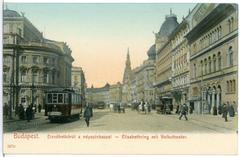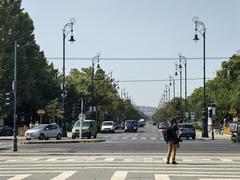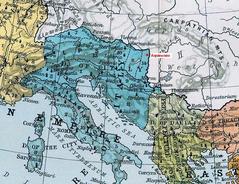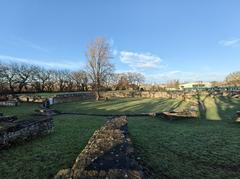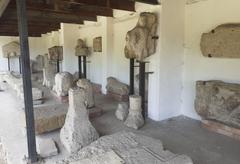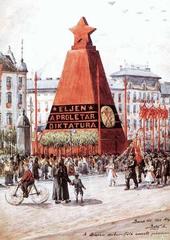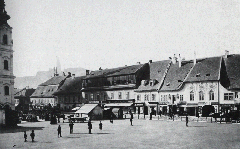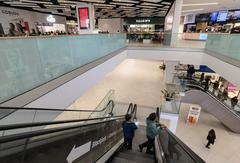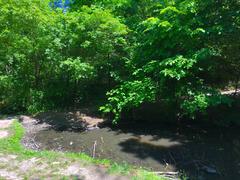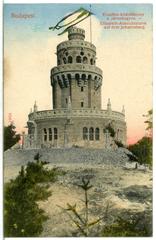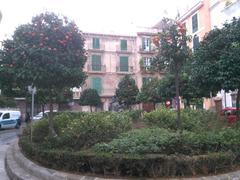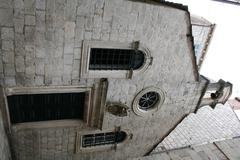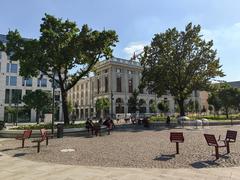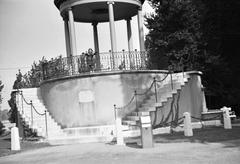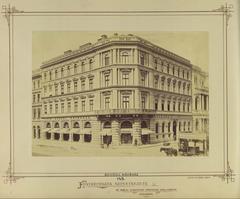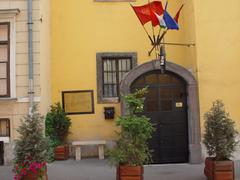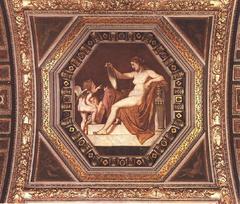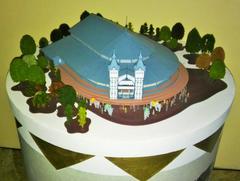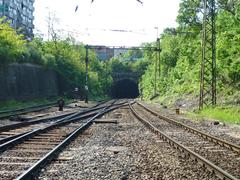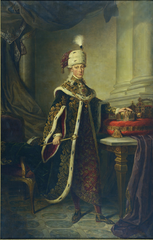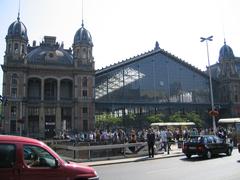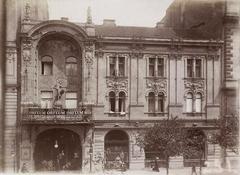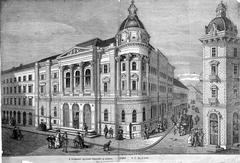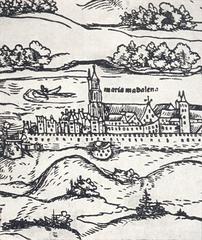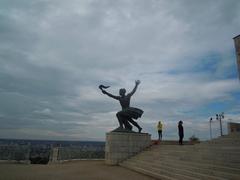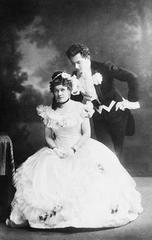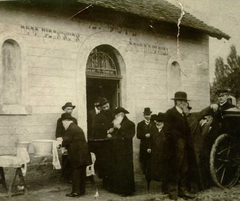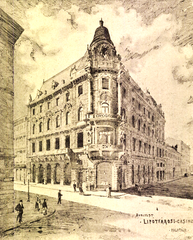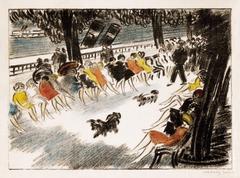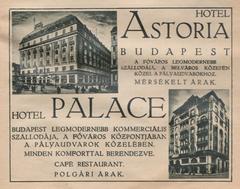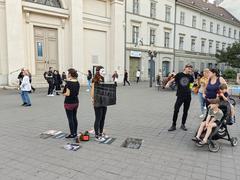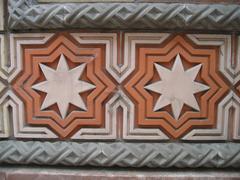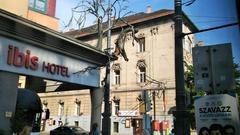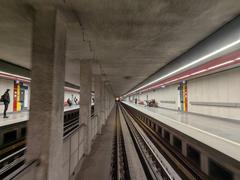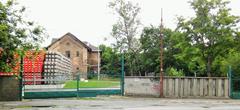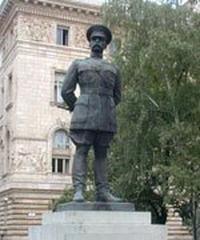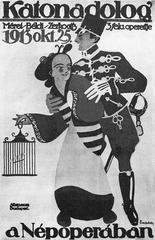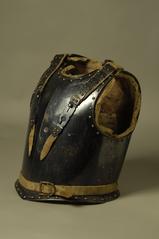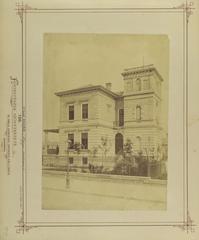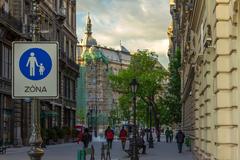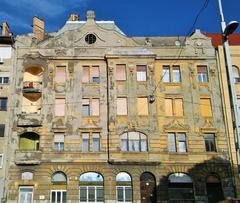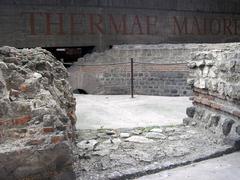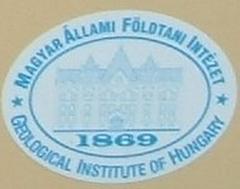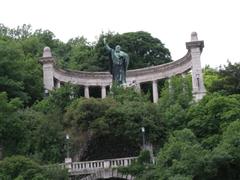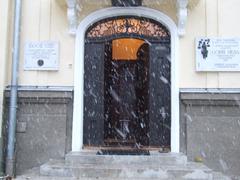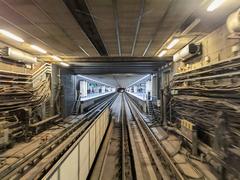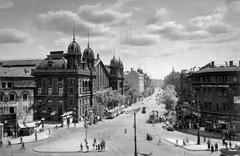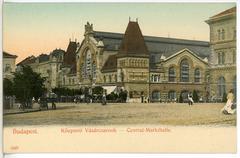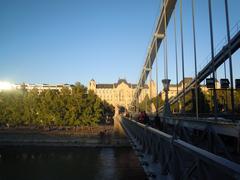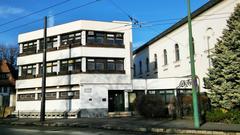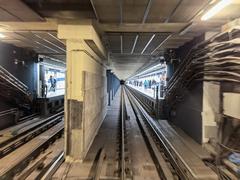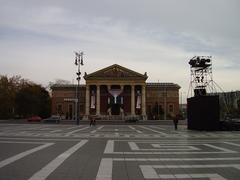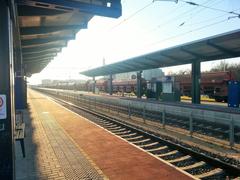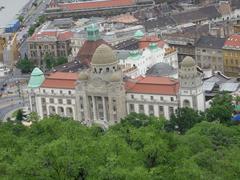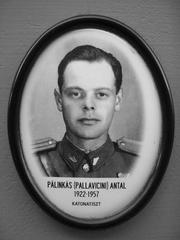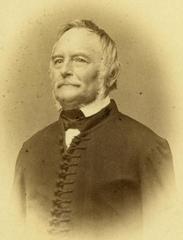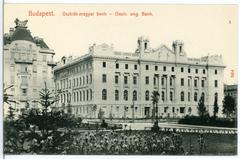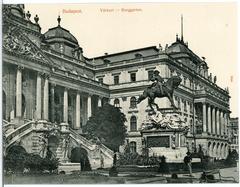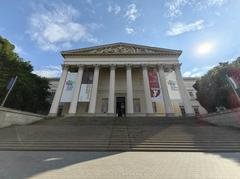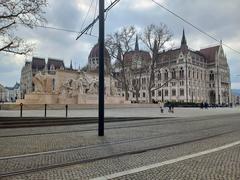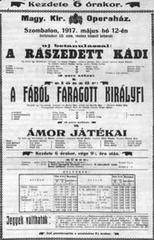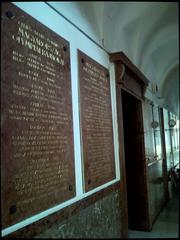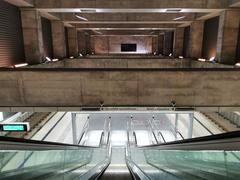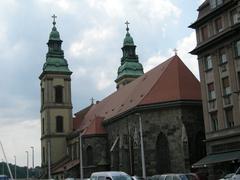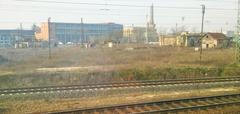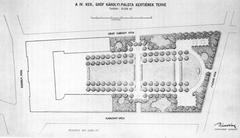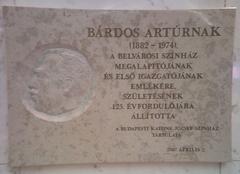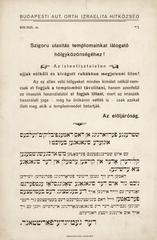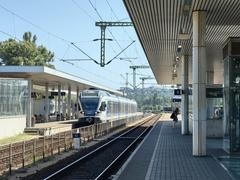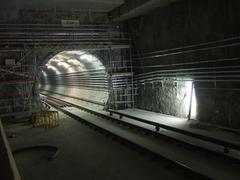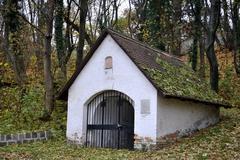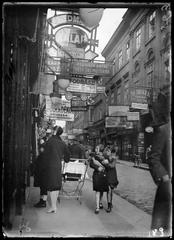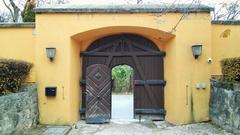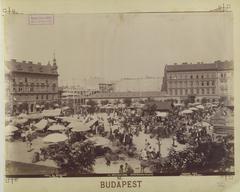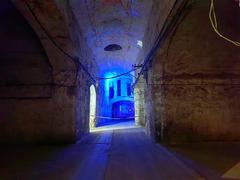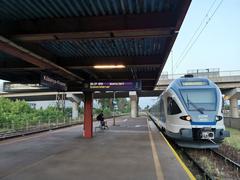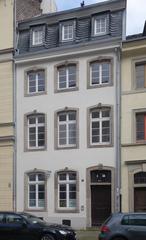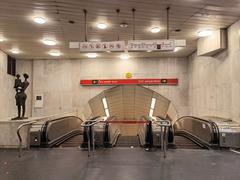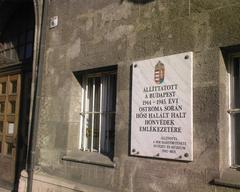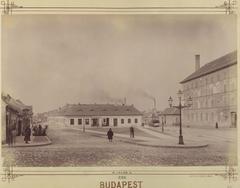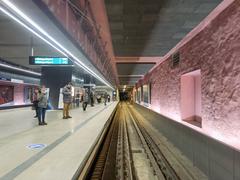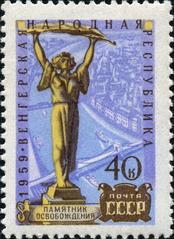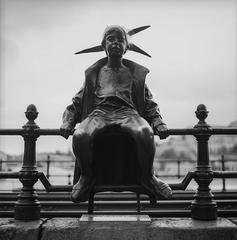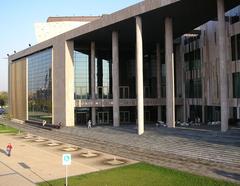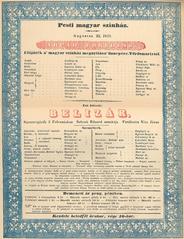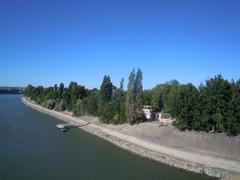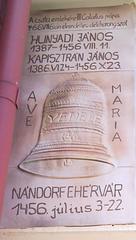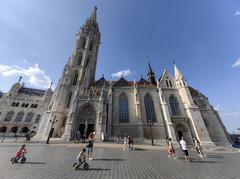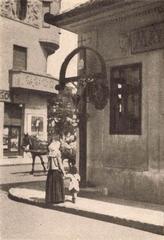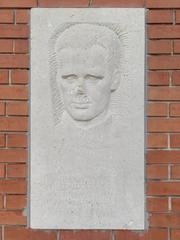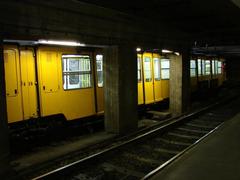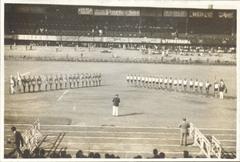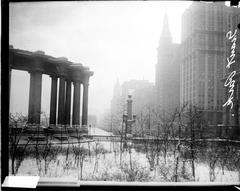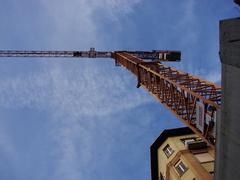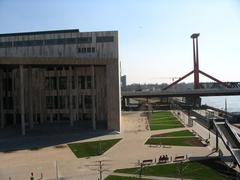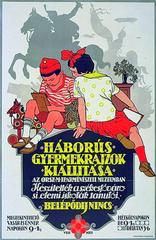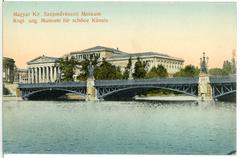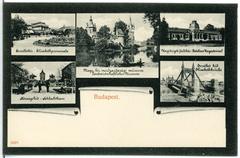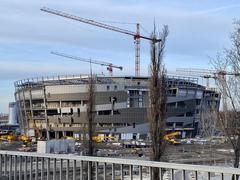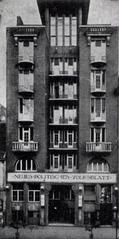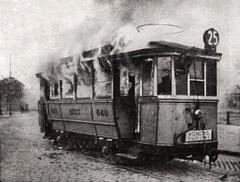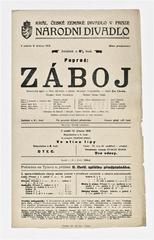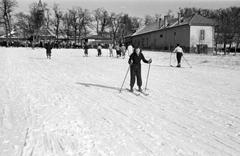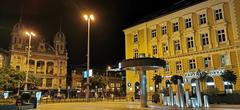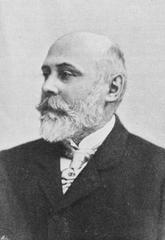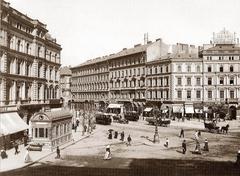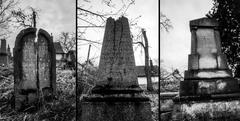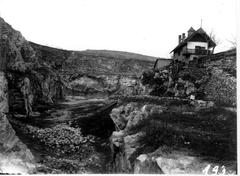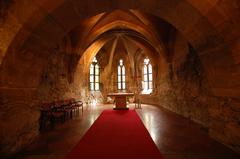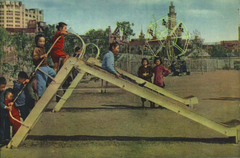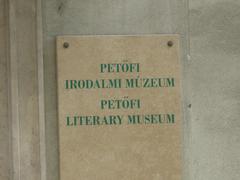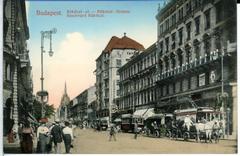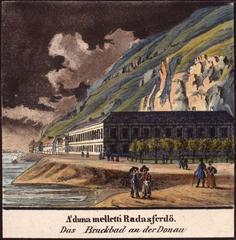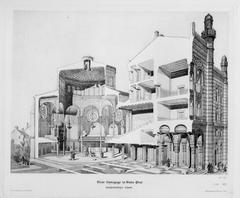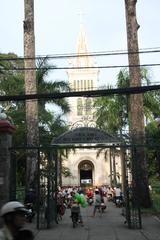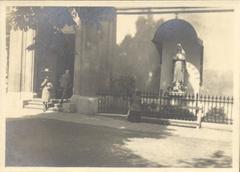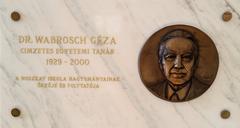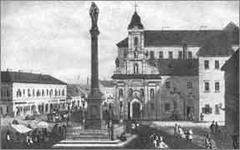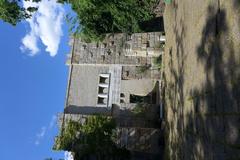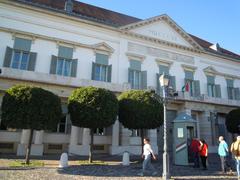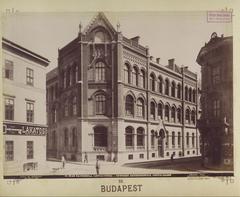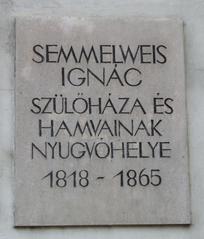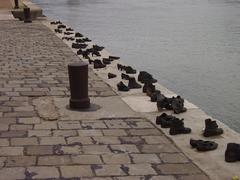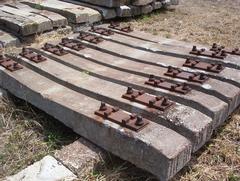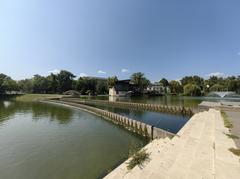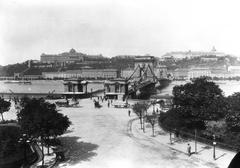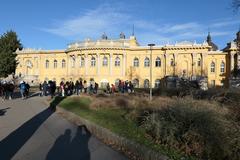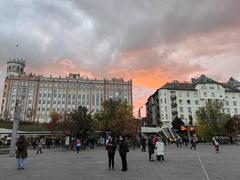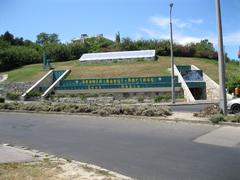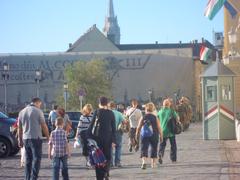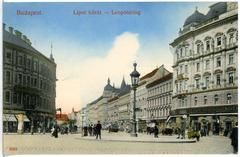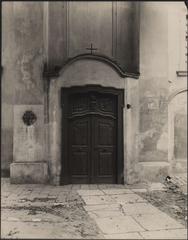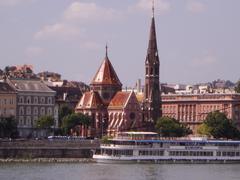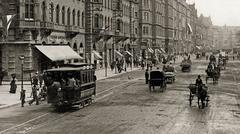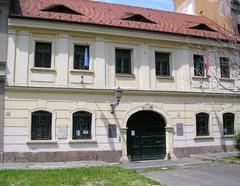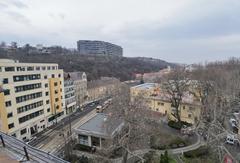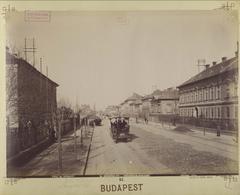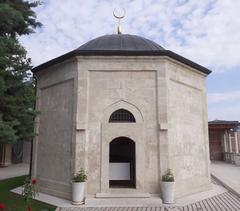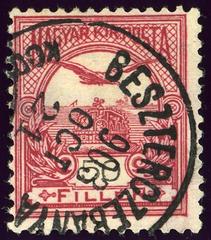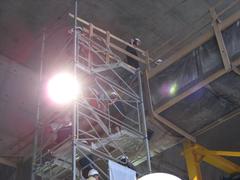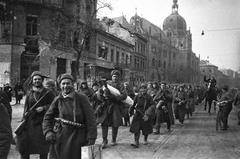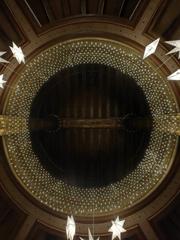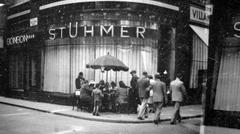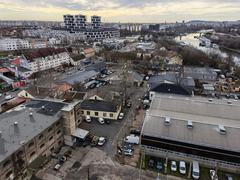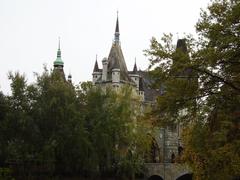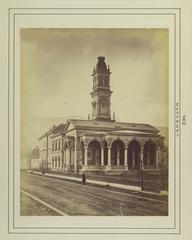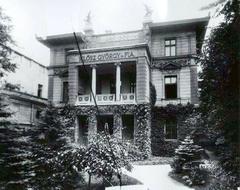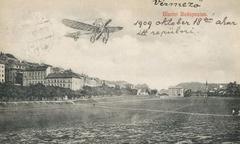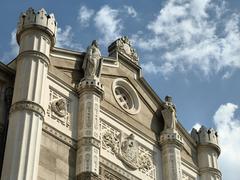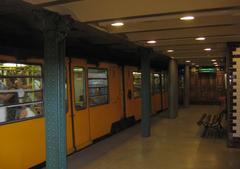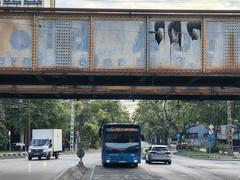Angelo Rotta Rakpart: Visiting Hours, Tickets, and Historical Insights
Publication Date: 19/07/2024
Introduction
Angelo Rotta rakpart, nestled along the Danube River in Budapest, Hungary, stands as a testament to the city’s historical and cultural wealth. Named after the Italian diplomat and Vatican nuncio Angelo Rotta, this quay is steeped in history, particularly for its role during World War II. Angelo Rotta’s heroism in issuing protective passports and setting up safe houses to save thousands of Hungarian Jews from the Holocaust is commemorated here, making it a poignant site of remembrance (Yad Vashem). The quay’s origins trace back to the late 19th century during Budapest’s rapid urbanization, which saw it become a crucial hub for trade and transportation along the Danube. Over the years, Angelo Rotta rakpart has evolved, undergoing significant reconstruction post-World War II and transforming into a vital part of Budapest’s transportation network and urban landscape. Today, it is not only a functional quay but also a cultural and historical landmark, attracting visitors who seek to explore Budapest’s rich heritage. With its scenic beauty, proximity to iconic landmarks like the Hungarian Parliament Building and Buda Castle, and its memorials such as the Shoes on the Danube Bank, Angelo Rotta rakpart offers a unique blend of history, culture, and reflection for all visitors.
Table of Contents
- Introduction
- Origins and Early Development
- World War II and Angelo Rotta’s Heroism
- Post-War Reconstruction and Modernization
- Cultural and Historical Significance
- Visitor Information
- Nearby Attractions
- Preservation and Tourism
- Modern-Day Relevance
- Conclusion
- FAQ
Origins and Early Development
Angelo Rotta rakpart, situated along the Danube River in Budapest, Hungary, has a rich history that dates back to the early development of Budapest as a major European city. The construction of the quay began in the late 19th century, during a period of rapid urbanization and modernization in Budapest. The city’s strategic location along the Danube made it a crucial hub for trade and transportation. The development of the quay was part of a broader effort to improve the city’s infrastructure and enhance its connectivity with other parts of Europe.
World War II and Angelo Rotta’s Heroism
The most significant period in the history of Angelo Rotta rakpart is undoubtedly World War II. During the war, Budapest was occupied by Nazi Germany, and the Jewish population faced severe persecution. Angelo Rotta, serving as the Vatican’s representative in Hungary, played a crucial role in saving thousands of Jews from deportation and extermination.
Rotta issued thousands of protective passports and established safe houses under the protection of the Vatican. His efforts were part of a larger rescue operation that included other diplomats and humanitarian workers. The quay, which now bears his name, serves as a poignant reminder of his bravery and humanitarian efforts during one of the darkest periods in history (Yad Vashem).
Post-War Reconstruction and Modernization
After World War II, Budapest underwent significant reconstruction and modernization. The city, heavily damaged during the war, required extensive rebuilding efforts. Angelo Rotta rakpart was no exception. The quay was restored and modernized to accommodate the growing needs of the city.
During the post-war period, the quay became an important part of Budapest’s transportation network. It facilitated the movement of goods and people along the Danube, contributing to the city’s economic recovery and growth. The area also saw the development of residential and commercial buildings, transforming it into a vibrant urban space.
Cultural and Historical Significance
Today, Angelo Rotta rakpart is not only a functional part of Budapest’s infrastructure but also a site of cultural and historical significance. The quay is lined with several important landmarks and monuments that commemorate the city’s rich history and heritage.
One of the most notable landmarks is the Shoes on the Danube Bank memorial, located near the quay. This poignant memorial honors the memory of the Jews who were killed by the Arrow Cross militia during World War II. The victims were ordered to remove their shoes before being shot and their bodies thrown into the Danube. The memorial consists of iron shoes placed along the riverbank, serving as a powerful reminder of the atrocities committed during the war (Budapest by Locals).
Visitor Information
Hours
Angelo Rotta rakpart is open to the public 24/7, making it accessible at any time of day.
Tickets
There is no entrance fee to visit the quay or the memorials along it. However, guided tours may have associated costs.
Accessibility
The quay is accessible to pedestrians, cyclists, and is wheelchair-friendly. Public transportation options are available nearby.
Nearby Attractions
While visiting Angelo Rotta rakpart, consider exploring the following nearby attractions:
- Hungarian Parliament Building: This iconic building is located just a short walk away and offers guided tours.
- Chain Bridge: A historic suspension bridge that connects Buda and Pest, providing stunning views of the Danube.
- Buda Castle: A historic castle complex offering panoramic views of the city and the river.
Preservation and Tourism
In recent years, there has been a growing effort to preserve and promote the historical and cultural heritage of Angelo Rotta rakpart. The quay has become a popular destination for tourists and locals alike, offering a unique blend of history, culture, and scenic beauty.
Several guided tours are available that provide visitors with an in-depth understanding of the quay’s history and significance. These tours often include visits to the Shoes on the Danube Bank memorial, as well as other nearby landmarks.
Efforts to preserve the quay’s historical integrity have also been supported by various cultural and heritage organizations. These organizations work to maintain the area’s historical landmarks and promote awareness of its significance through educational programs and events.
Modern-Day Relevance
Angelo Rotta rakpart continues to play a vital role in the life of Budapest. The quay is a bustling area that hosts various cultural events, festivals, and public gatherings. Its scenic location along the Danube makes it a popular spot for leisurely walks, boat rides, and other recreational activities.
The quay also serves as a reminder of the city’s resilience and ability to overcome adversity. The history of Angelo Rotta rakpart, from its early development to its role during World War II and its post-war reconstruction, reflects the broader narrative of Budapest’s growth and transformation.
Conclusion
In conclusion, Angelo Rotta rakpart is a site of immense historical and cultural significance. Its rich history, marked by periods of development, war, and reconstruction, makes it a vital part of Budapest’s heritage. Visitors to the quay can not only enjoy its scenic beauty but also gain a deeper understanding of the city’s past and the heroic efforts of individuals like Angelo Rotta who made a lasting impact on history. Don’t miss the opportunity to explore this remarkable site and its surrounding attractions.
FAQ
Q: What are the visiting hours for Angelo Rotta rakpart?
A: The quay is open to the public 24/7.
Q: Is there an entrance fee for Angelo Rotta rakpart?
A: No, there is no entrance fee.
Q: Are guided tours available?
A: Yes, several guided tours are available, often including visits to nearby landmarks.
Q: Is Angelo Rotta rakpart wheelchair accessible?
A: Yes, the quay is wheelchair-friendly and accessible to all visitors.
Q: What are some nearby attractions?
A: Nearby attractions include the Hungarian Parliament Building, Chain Bridge, and Buda Castle.
For more information and updates, follow us on social media or download our mobile app.
References
- Yad Vashem, Angelo Rotta, 2024 (Yad Vashem)
- Budapest by Locals, Shoes on the Danube Bank, 2024 (Budapest by Locals)
